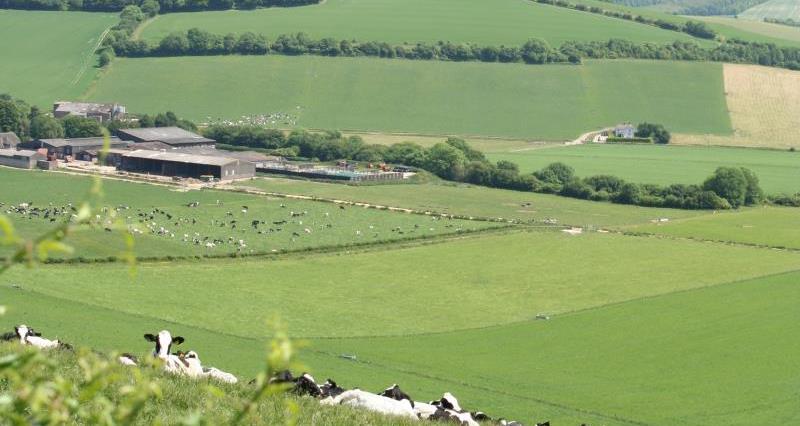Application process
The online application form itself is far simpler to fill in than the BPS agreement – you agree the standard and answer a few questions.
It tells you if you are eligible for the introductory level and then the intermediate pops up with the extra things that you need to do.
It’s just a case of ticking boxes for what you need to do.
The form then takes you to what fields are available and you just tick each parcel you want to put in, or not.
Ìý
There's a map on screen, and it highlights by colour what fields are available or not available and the reason why.
You can’t tick something twice. In effect it automatically rules out double funding with other schemes. It basically walks you through it.
Land cover status
A big thing that cropped up was that your profile of fields must show a status for what the land cover for each parcel is.
It might be ‘arable’ or ‘permanent grass’, for example. Two of my fields are arable fields, but because they’d been in grass for five years they went to permanent grass under the five-year rule, and I couldn’t put them into the arable SFI.
Delays
This meant I had to go through RLE1. I thought I’d test the system properly and do it through the normal helpline. At no point did I speak to the mapping department. It was all done through the call centre and it took two and a half weeks to change the status of the field.
And I was one of ten in this priority group.
I’m concerned now they've rolled SFI out it’s going to take longer to sort any land use statuses that are wrong.
Eligibility
The main thing to do is to understand what the standards require, then to go in and find out what each parcel of land cover is for your farm.
That’s because field eligibility talks about land cover and land type. Land type is what you put on your BPS. So, you might think what you’ve put on your BPS form is correct as your land cover. But it’s not. It’s whatever is on another part of the RPA system.


